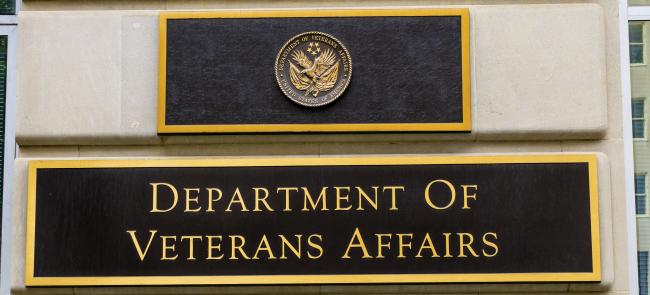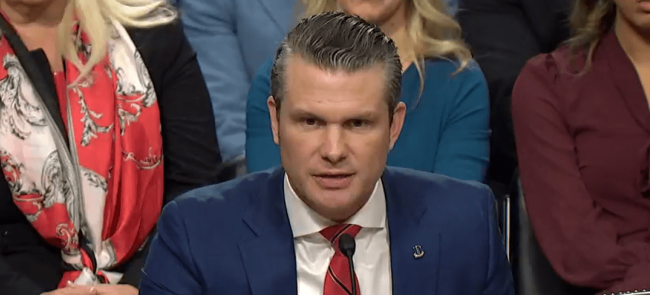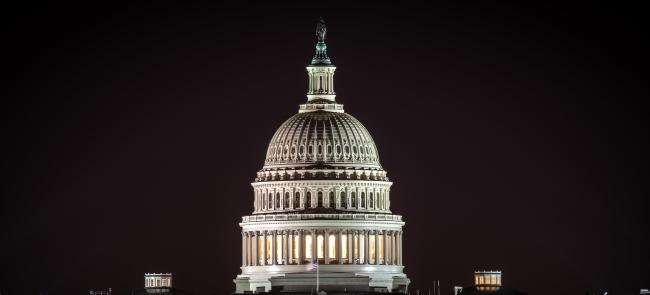
Congress approved another short-term spending bill last week, the fourth this fiscal year, averting a partial shutdown of the federal government but failing to provide any certainty about fiscal 2024 defense appropriations.
The bill President Joe Biden signed into law Friday includes two deadlines.
Six spending bills that fund several federal agencies must now be finalized by March 8. They include the departments of Agriculture, Commerce, Energy, Interior, Justice, Transportation and Veterans Affairs.
The Defense Department is among the six agencies whose funding now runs out March 22.
Most observers believe lawmakers will have a tougher time reaching an agreement on the six spending bills subject to the later deadline.
The House and Senate remain far apart on many spending priorities in the second group of six bills, including defense appropriations.
Currently, the federal government is running on a continuing resolution, which funds federal agencies at fiscal 2023 levels. But the CR prohibits new programs or increasing procurement quantities for the federal government's existing efforts.
For DoD, a CR puts many modernization programs on hold.
The budget process is also getting closer to April 30, when the lack of a long-term spending deal would trigger an automatic 1% across-the-board spending cut this year for all federal agencies.
The cut is part of the Fiscal Responsibility Act that Biden and congressional leaders developed to motivate the House and Senate to get all 12 spending bills passed on time.
But some fiscal hawks, including the House Freedom Caucus, now say they would welcome the cuts.
That prospect raises concerns at the Pentagon, as does the idea of a year-long CR.
The undersecretaries of the Army, Navy and Air Force said last week that a full-year stopgap funding measure would result in billions of dollars in "misaligned" funds.
This situation, they said, would force DoD to prioritize current operations in places like Europe and the Middle East, followed by personnel, acquisition and modernization.
Additionally, the nation's military services would not be able to begin new initiatives, including a priority munitions ramp-up to replace what the United States has sent to Ukraine and Israel, with more due for Taiwan.
"These are production-rate increases, new starts — both in programs for acquisition as well as military construction projects — that we cannot start," Army Under Secretary Gabe Camarillo said.
The Air Force has previously warned that a 1% sequester would reduce the service’s buying power by $13 billion and put $2.8 billion in space modernization projects on hold.
— By John Goheen











